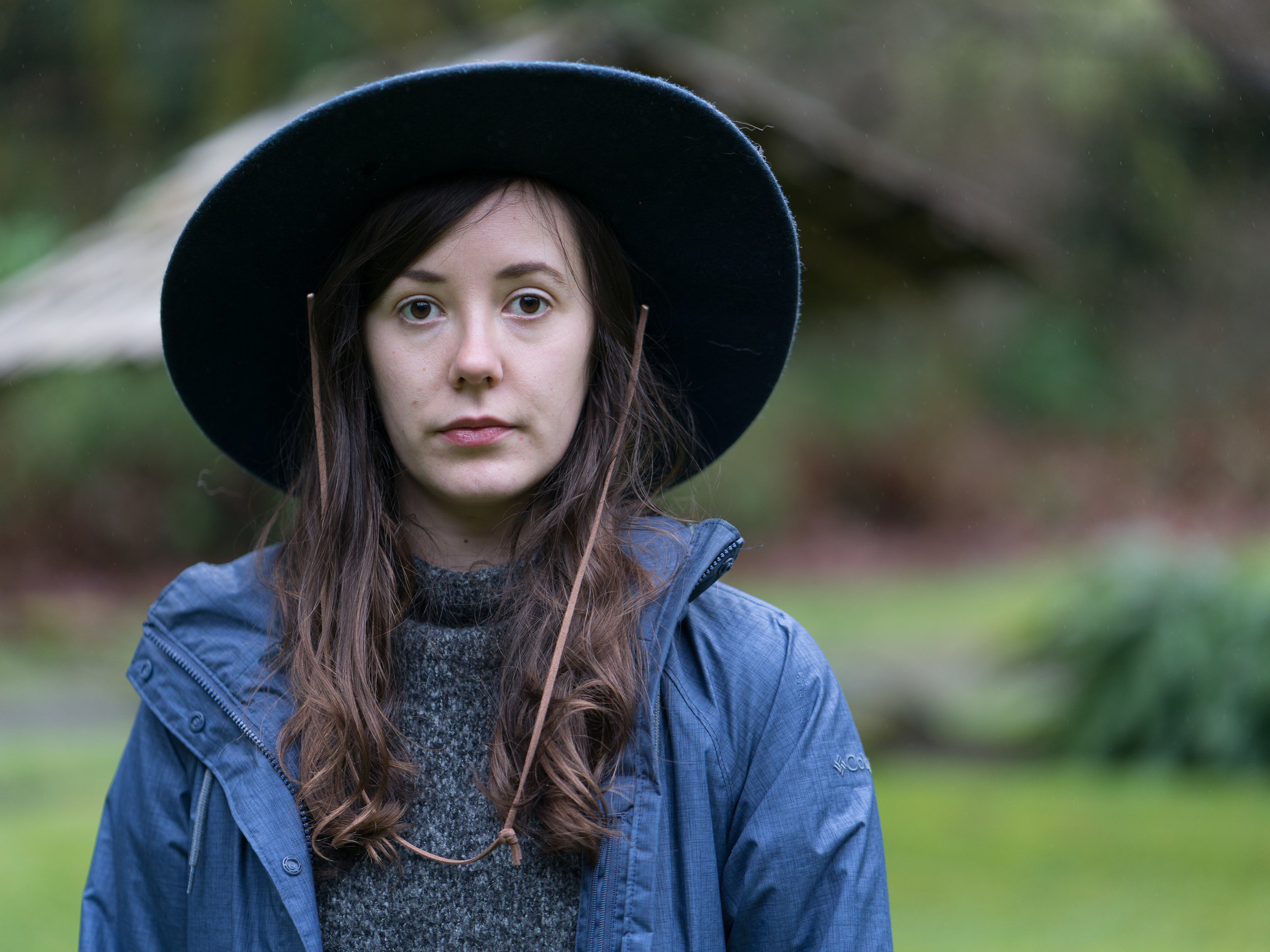Multiple Choices At the Long End
Sony A7* users now have two new choices that reach out to the longer end of the spectrum: a delightful 135mm prime by Batis and a flexible 24-105mm zoom with fixed aperture. I took them out in the field - together with Batis 'baby brother' 85 f/1.8 and the workhorse 24~240 zoom - to see how they stack up. As always, there is nothing scientific or technical about these musings; my aim is merely to provide some photos taken with each lens in the field and sprinkle in some very subjective comments - then let you, in your wisdom, observe, deduce, and of course comment.
L to R: Batis 1.8/85, Batis 2.8/135, f4/24-105 G, f3.5-6.3/24-240 (taken with Olympus 75mm f/1.8)
Which lens took this picture?
Batis 2.8/135: Beauty and Beast
Two beautiful - and handy - travel primes
This is the most expensive lens of the group, and is certainly not for everyone. It's the same size as the 24-105 f/4, but actually weighs less. I've been looking for a full-frame tele prime that gives me the same reach as the outstanding Olympus 70mm f/1.8 which for me is the perfect travel/street/candid lens. This may be it.
What it's good for:
- Sharp sharp sharp portrait and candid shots taken from a "respectful distance"; also landscapes.
- Travel, when accompanied with one other lens (the 24-105 is a perfect pairing).
- Eye candy. This is the most gorgeous looking lens you will ever own. Except maybe the Oly 75.
What it's not good for:
- People on a budget. Get the Sony FE 1.8/85 instead.
More photos from the Batis 2.8/135 https://qamera.smugmug.com/Gear/Zeiss-Batis-28135/
Batis 2.8/135 is weather sealed and the lens hood further protects the lens face from the elements. Plus the lens itself is an eye-catcher. Don't you agree?
Batis 1.8/85: Portraits and Bokeh
I'll take mine extra creamy, please.
If I was a prime lens snob and could only live with two, this would be one of them - and the other would be the tiny 35mm f/2.8. It's also small enough to fit as part of my "troika" in one-bag travel lenses, as discussed in Fit for Travel. It's also a beautiful portrait lens but for street photography, it lacks the reach that is often helpful for candids or for simply not getting into someone's face. That's where the 2.8/135 comes in. But if you have people who are wiling to pose, this is a gorgeous portrait lens.
More samples from the Batis85 here: https://qamera.smugmug.com/Gear/Zeiss-Batis-85mm-f18-for-Sony-FE/
Batis 1.8/85 is the bokeh king. Plus it's small and light.
FE 4/24-105 G: Travel Junky
This lens will live on my camera. I'm stunned by the quality of photos and pleasantly excited by the bokeh and low depth-of-field separations that can be achieved, when used properly. I have a few trips lined up this month within the U.S. and also in Asia, and I plan to take the 24-105 together with the Batis 2.8/135 as a newly minted 'travel pair.' In the meantime, and without further ado, enjoy a few photos from each of these lenses. More samples here: https://qamera.smugmug.com/Gear/Sony-FE-24-105-G-f4/
Speaking of background blur, check out what the iPhoneX camera can do in "portrait" mode.
At 24 mm, the FE 4/24-105 G captures subtle color shades, dark and lights. Shot at f/4 and ISO 320.
Separation at the long end: FE 4/24-105 makes images pop.
FE 3.5~6.3 /24-240: One Stop Shop
This lens is the only one you'll ever need - if you don't like changing lenses. Many photographers swear by this lens. My friend Lisa does, and just got back from Antartica. Check out her IG photos here.
Yup. Even at dusk. Here 1/125 sec and 55m at f/6.3 and ISO 3200.
@24mm
@240mm
More samples here: https://qamera.smugmug.com/Gear/Sony-FE-24-240/
Multiple Choices
I did two sets of photo comparisons: the first with a distant background, and the second set with a closer background. In general, if your background is far away, it is easy to create separation with any lens just by moving close to the subject and opening up the lens - that is, shooting at the lowest f stop. But as the distance between subject and background decreases, the more critical it is to have a lower minimum aperture (wider opening).
Tip: Click to view the gallery full screen, then cycle through by clicking again.
I don't have much of a critical eye when it comes to pixel peeping and bokeh blurring, but I think the difference in background separation between the two Batis lenses is negligible; that is to say, the Batis 135 delivers just as soft a bokeh as the 85, so that the higher reach of the 135 and lower aperture of the 85 largely balance each. And so it's more a question of whether you want the greater reach of the 135 - which I think will prove to be an advantage for travel photography.
The 24-240 delivers nice bokeh wide open at f/6.3 but that's because it's zoomed all the way out to 240 and the background is relatively distant. However to achieve this, the ISO had to be cranked up to 6400. On the other hand, the Sony A7 series can easily handle high ISO situations, which of course makes for lazy shooting. Which is fine with me.
As for the 24-105, it hangs in there and offers the perfect balance of portability, utility, flexibility, and reasonably low depth of field, particularly at the long end.
Zooms at different reaches
This set of photos illustrates not only how the lenses compare to each other, but how the background and its separation from the subject changes on zooms depending on the focal length.
Here the subject was standing about five feet in front of the background, so separation was more critical than in the previous set, where the subject was quite far from the background. Judge for yourself but to me, the shallower the background, the move obvious the advantage of a prime lens over a zoom lens.
Long-End Favorite
Batis 2.8/135, f/2.8, 1/640 sec, ISO 1000
Technical note: All of the test photos were taken hand-held, with auto-exposure, hence the subtle differences in exposure and skin tones between each photo, despite the flat lighting of a typical Seattle winter. They were also shot using auto eye-focus in continuous focus mode. No edits were made to these other than the standard conversion from RAW in Lightroom, except that I strengthened the red and orange luminance equally in all photos, at the insistence of my daughter who kindly agreed to pose for me but who also complained that she looks like a ghost during the winter. But don't we all?














